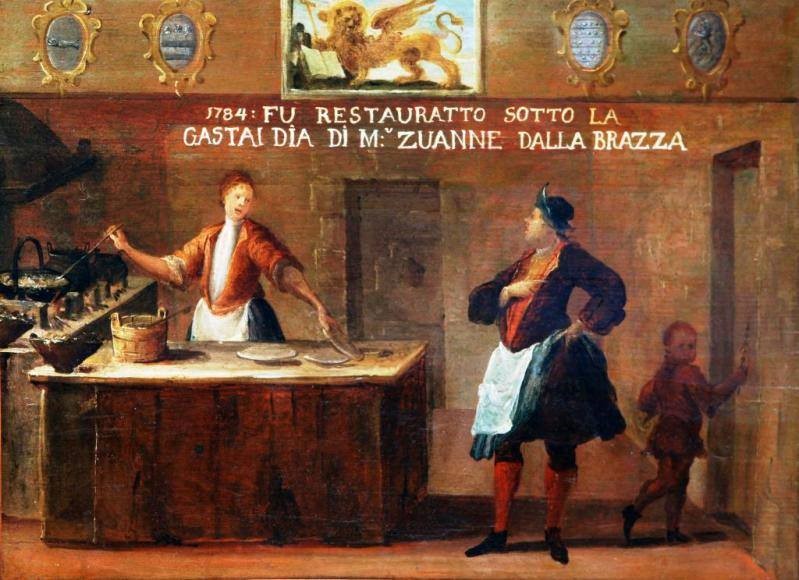“Here the wife and the husband there / Everyone goes wherever he wants / Everyone rushes to a rendez-vous, / some go playing some go dancing” (The Masquerade, 1751). These lines by Carlo Goldoni are the very synthesis of the Venetian Carnival. What to do to experience the Carnival as it was in the eighteenth century, at the time of Goldoni and Casanova, the golden age of the Venetian Carnival? Here are our suggestions.
- First of all, wear the mask: the baùta, the most classic disguise, consisting of a cloak, a tricorn and a “larva”. The “larva” is a white beaky mask, which completely covers the face and alters the voice, without preventing those who wear it from eating or drinking. It was mostly used by men, while women preferred the moretta, a small oval mask made of black velvet. To make it stick to the face, a button had to be tightened between the teeth, so that it was impossible to speak.
- Enjoy hot chocolate, coffee and frittelle in one of the many historic cafés. In fact, the tradition of coffee was born in Venice, and it was then spread to the rest of Italy. The first coffee shop was opened in St Mark’s Square in 1683: in 1759 the city had 206 coffee shops.
- Admire the painting by Francesco Guardi at Ca’ Rezzonico – Museum of the Venetian 18th Century, which depicts the Ridotto of Dandolo Palace at San Moisè. The “ridotto” was a gambling house, where Venetians and foreigners could meet to gamble legally. It was open during the whole period of the ancient Venice Carnival, which lasted from December 26 until Ash Wednesday. Those who went there were required to wear a mask, to remain anonymous.
- Visit the Goldoni Theatre, the oldest theatre in the city still existing today, built in 1622. The tour with audio guide, available in Italian and English, allows you to discover anecdotes and secrets of the great actors who have been acting on the stage of the Goldoni theatre since the 17th century.

